The Latest Nasher Prize Laureate Unveiled — Earth-Focused Visionary and Artist Otobong Nkanga
The Nigerian-Belgian Sculptor Explores the Connection Between Humankind and Nature
BY Ericka Schiche //Internationally renowned Nigerian-Belgian artist Otobong Nkanga has been awarded the 2025 Nasher Prize by the Nasher Sculpture Center of Dallas. (Courtesy Otobong Nkanga and Sharjah Art Foundation)
Honoring the artist’s expansive vision and brilliant artistry, Dallas’s Nasher Sculpture Center has awarded Otobong Nkanga with its 2025 Nasher Prize.
By winning this prestigious sculpture recognition, Nkanga will receive $100,000 and a Renzo Piano-designed award in April 2025. Her work will also be featured in an original monograph and exhibition at the Nasher Sculpture Center. As a Nasher Prize Laureate, Nkanga joins a distinguished list that includes Theaster Gates, Nairy Baghramian, and Senga Nengudi, the 2023 winner. (As the Nasher now awards the prize biennially rather than annually, there is no winner for 2024.)
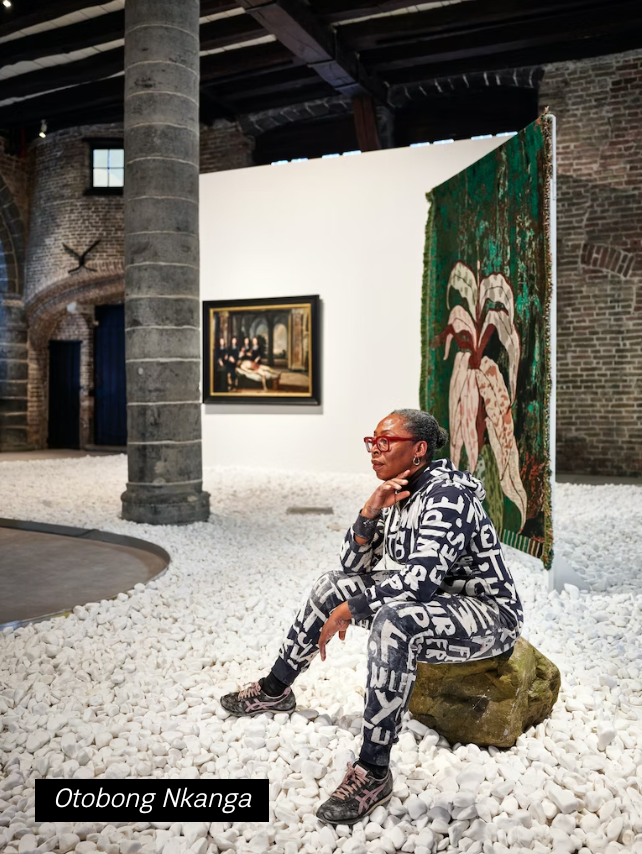
Nkanga undoubtedly embodies the qualities of a Renaissance woman, as an internationally renowned polymath with a challenging, multifaceted oeuvre. Although most notable for sculptures and performance art, her multidisciplinary practice also includes photography, paintings, installations, poetry, and music.
Born in Kano, Nigeria, the artist spent her formative years in Lagos, Nigeria, and Paris, France. She currently resides in Antwerp, Belgium. Nkanga studied at Obafemi Awolowo University in Ile-Ife, Nigeria and École nationale supérieure des Beaux-Arts in Paris. She completed a Masters in Performing Arts at DasArts in Amsterdam in 2008.
Her groundbreaking work exists in a continuum of important Nigerian artists, including Bámigbóyè, Ben Enwonwu, and British artist Yinka Shonibare CBE.
Nkanga envisions a world where multisensory experiences engage and enlighten viewers. Her practice values the Earth and its natural resources, raw materials, and biodiversity. She researches how land, the environment, people, and cultures are interconnected, often addressing themes of climate change. Her deep interest in the environment is reflected in the materials she uses: minerals, plants, kola nuts, salt, oils, stones, sand, water, and metals.
Holiday Gift Guide
“Otobong Nkanga maps urgent global problems, but does so in subtle, enigmatic, and probing ways,” says Nasher Prize juror Briony Fer. “She works with materials that draw on many different aspects of the world’s resources. The complex histories of those materials are embedded in her works. The intense and productive way in which she presents formal and material questions is what marks her huge contribution to sculpture right now.”

Shown on an international scale for years, Nkanga has an impressive list of major accomplishments. Her work appeared at the 2019 and 2022 Venice Biennale, Tate Modern, Documenta 14, the Sharjah Biennial, and the Castello di Rivoli. Included among her exhibits in the United States are shows at Museum of Contemporary Art Chicago and “Black Melancholia” at the Hessel Museum of Art at Bard College. Her work has also appeared at the Hammer Museum in Los Angeles. She delivered a lecture to the Harvard Graduate School of Design in 2018. For Louis Vuitton’s Travel Book collection, Nkanga created Travel Book Shanghai in 2021, which offers her unique perspective on Shanghai, China through illustrations.
Jeremy Strick, director of the Nasher Center since 2009, praises the depth and complexity of Nkanga’s work.
“The work of Otobong Nkanga makes manifest the myriad connections — historical, sociological, economic, cultural, and spiritual — that we have to the materials that comprise our lives,” said Strick.
In an interview for The White Review, Nkanga expressed the importance of connectivity between humans and the Earth.
“Everything we have, own or possess derives from the Earth, even though it might have been transformed by artificial means,” said Nkanga. “We are a species that is constantly adapting to circumstances and the places in which we live. But at the same time, we cannot disassociate ourselves from nature.”
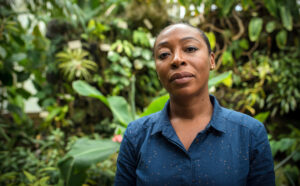
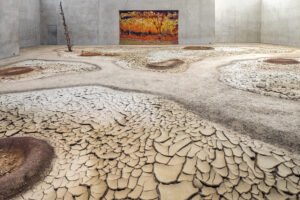
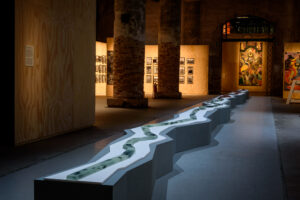
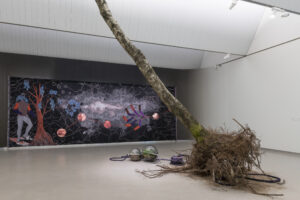

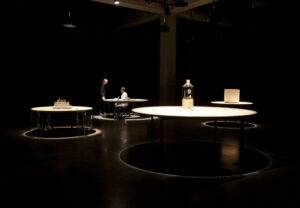
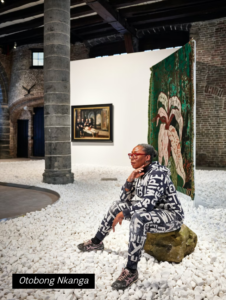

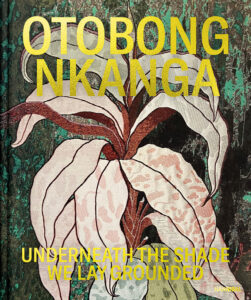
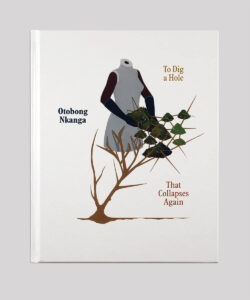
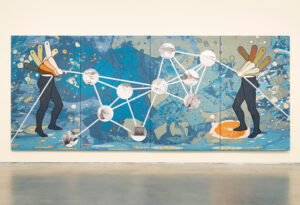
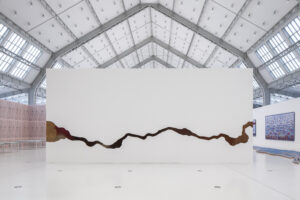
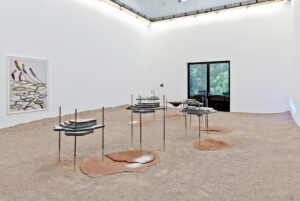
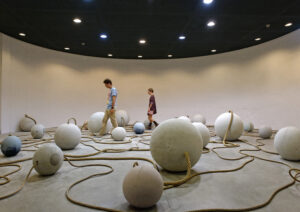



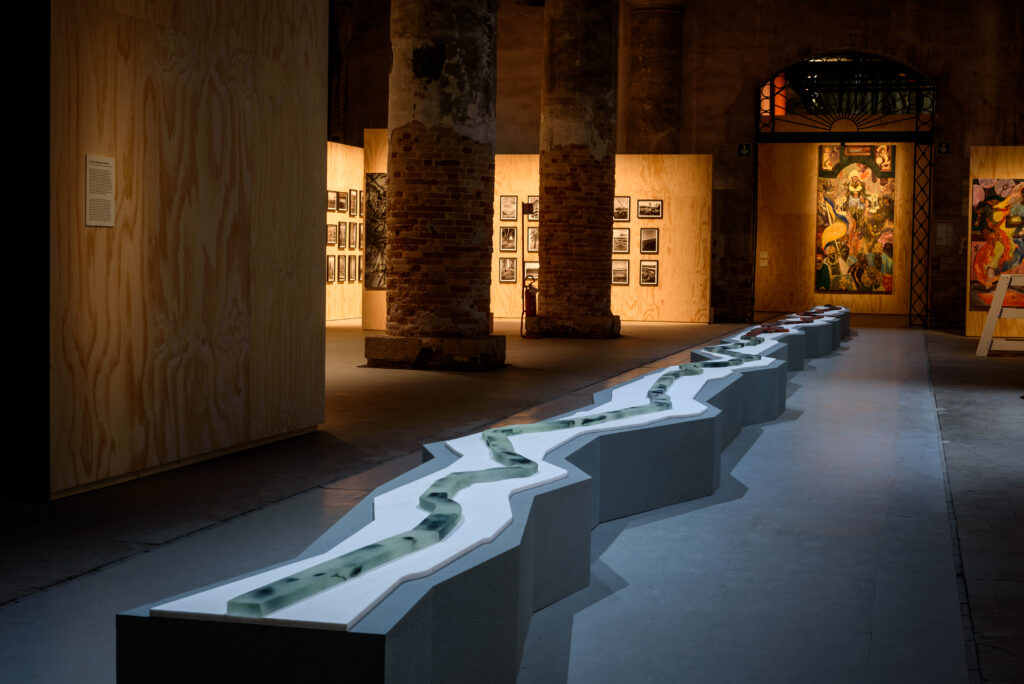




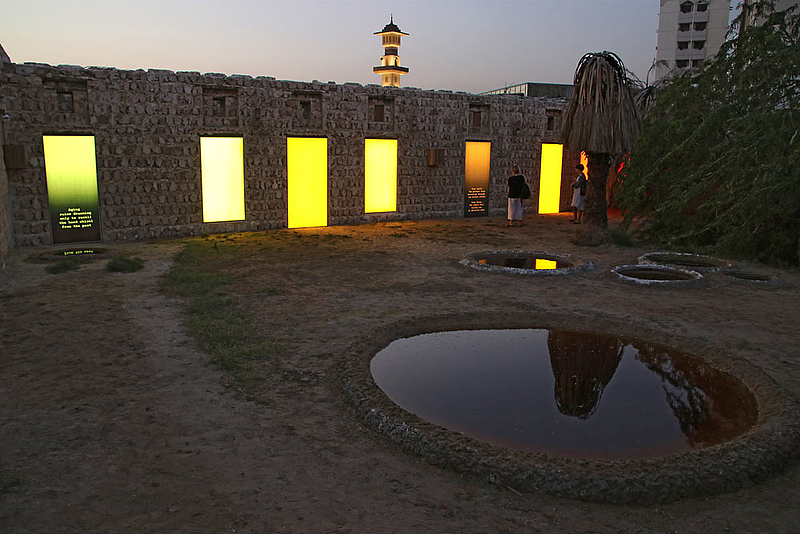



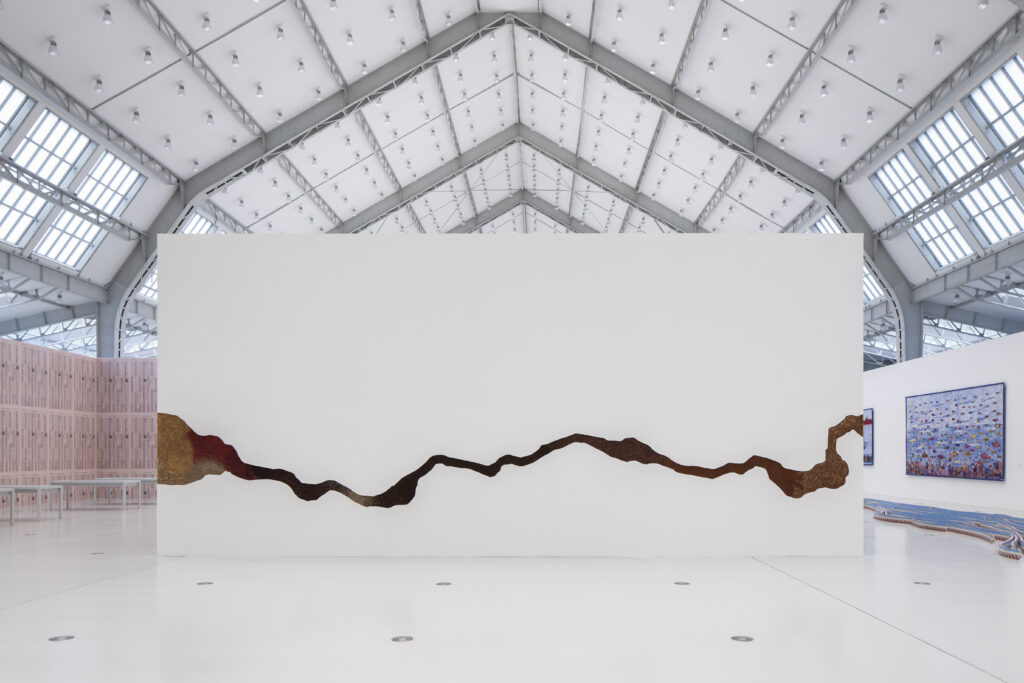
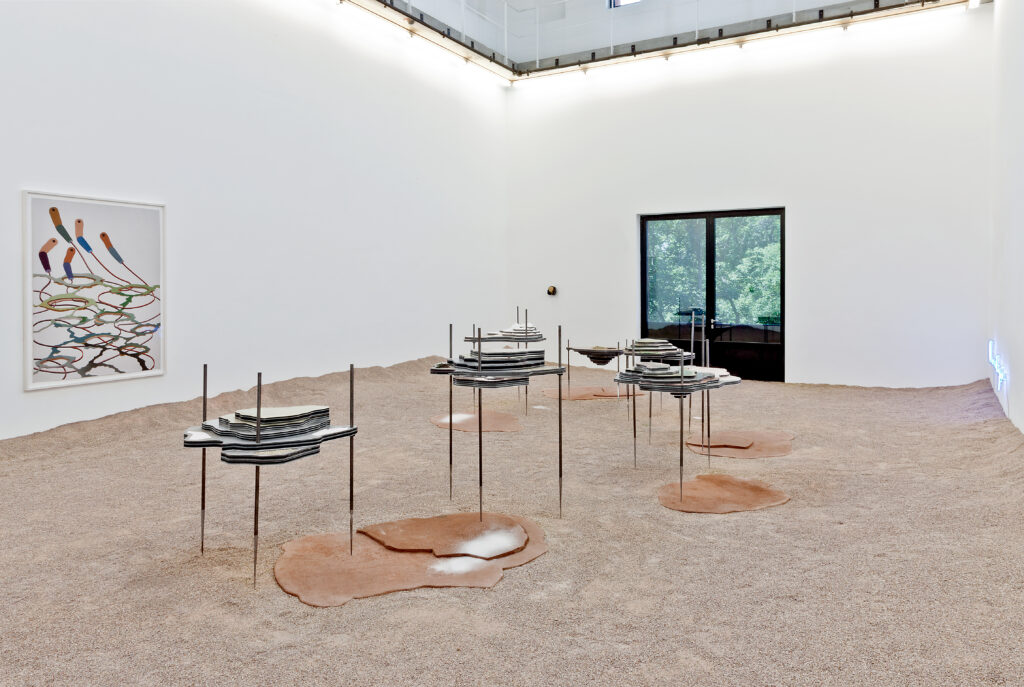














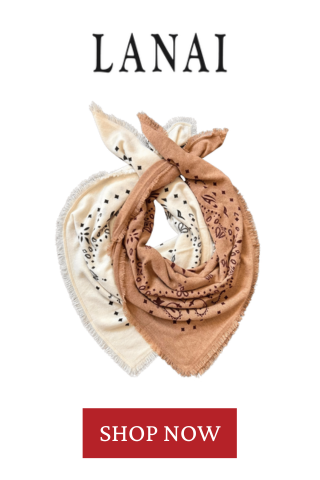








_md.jpg)










